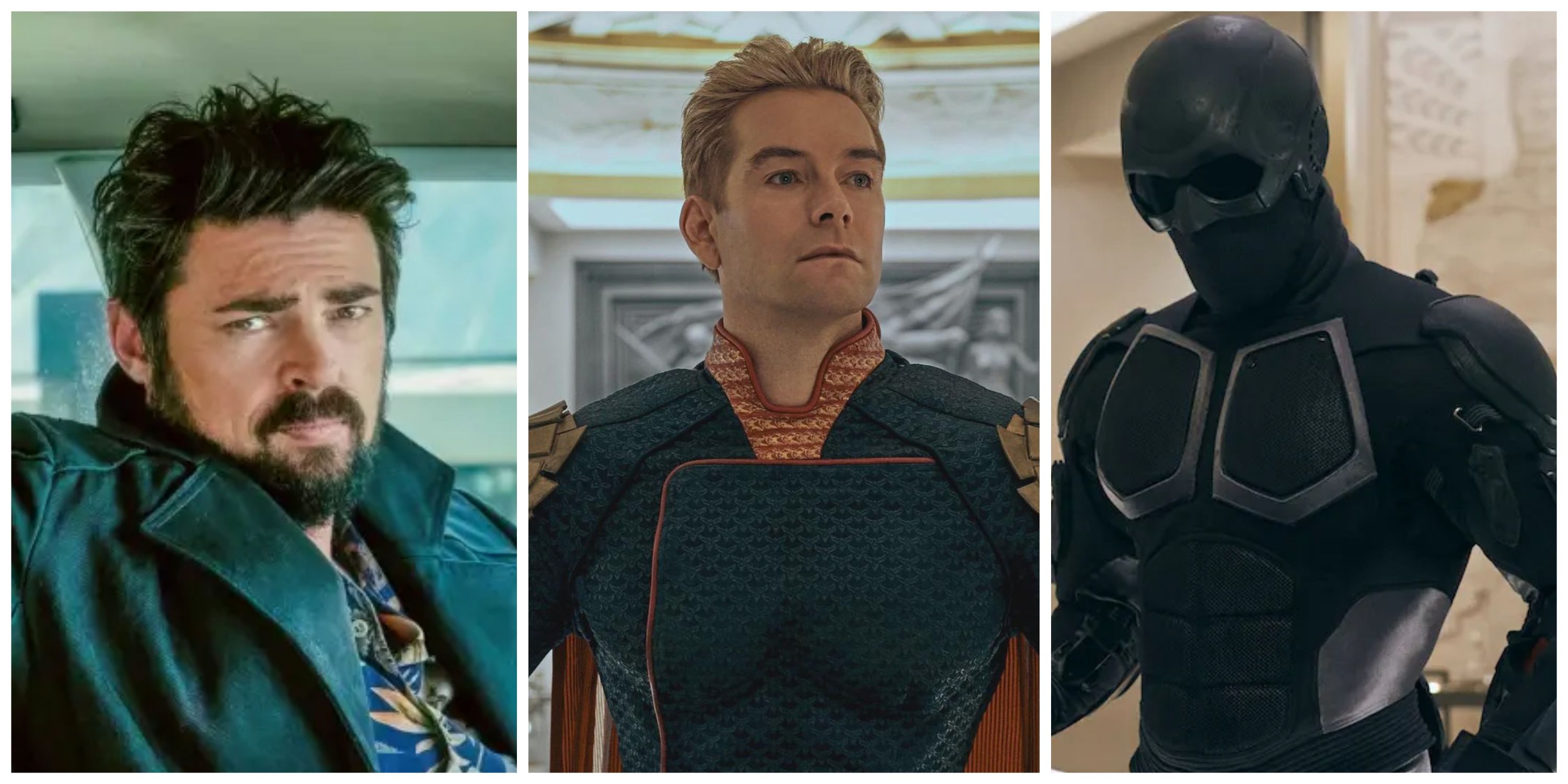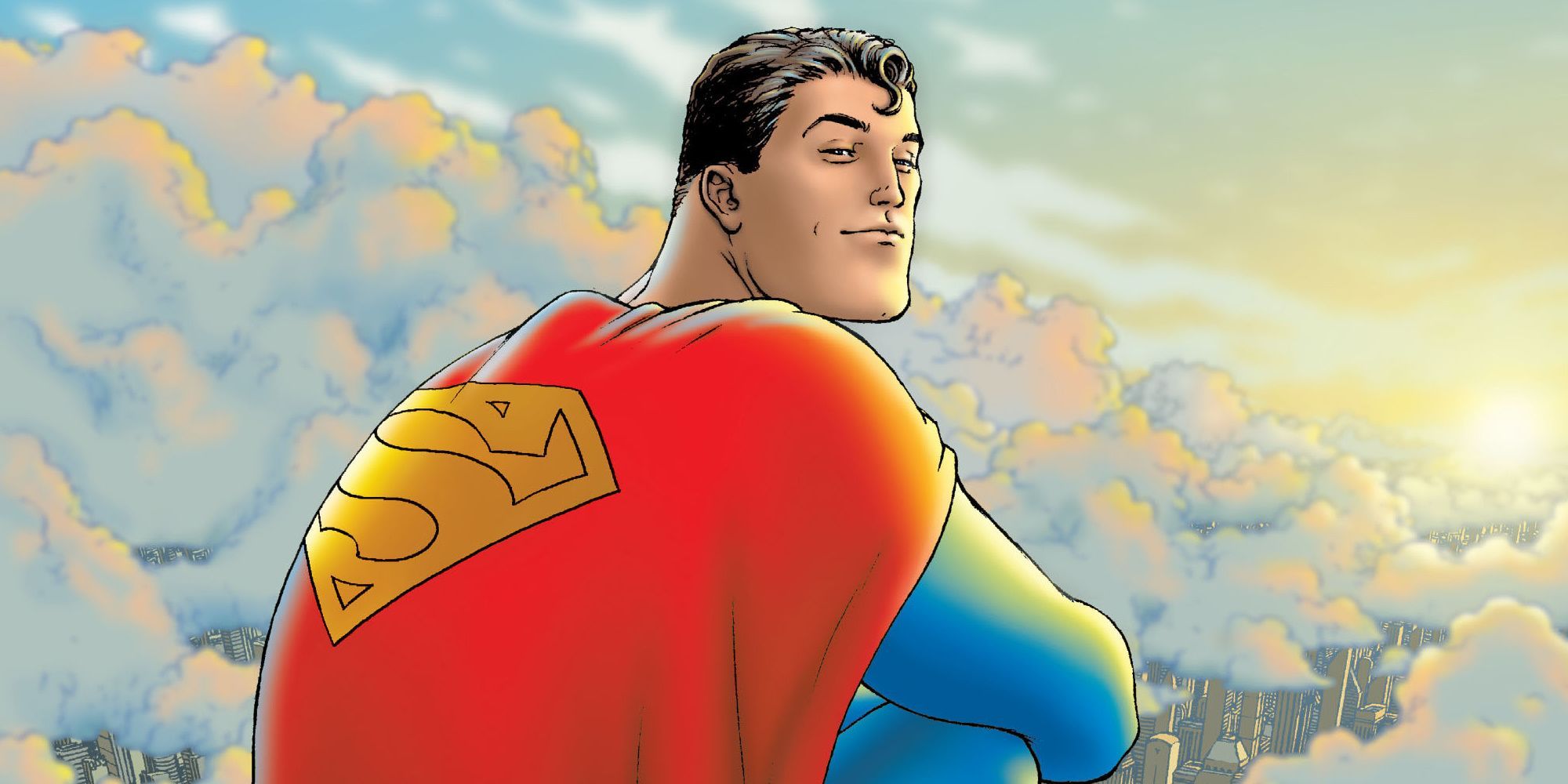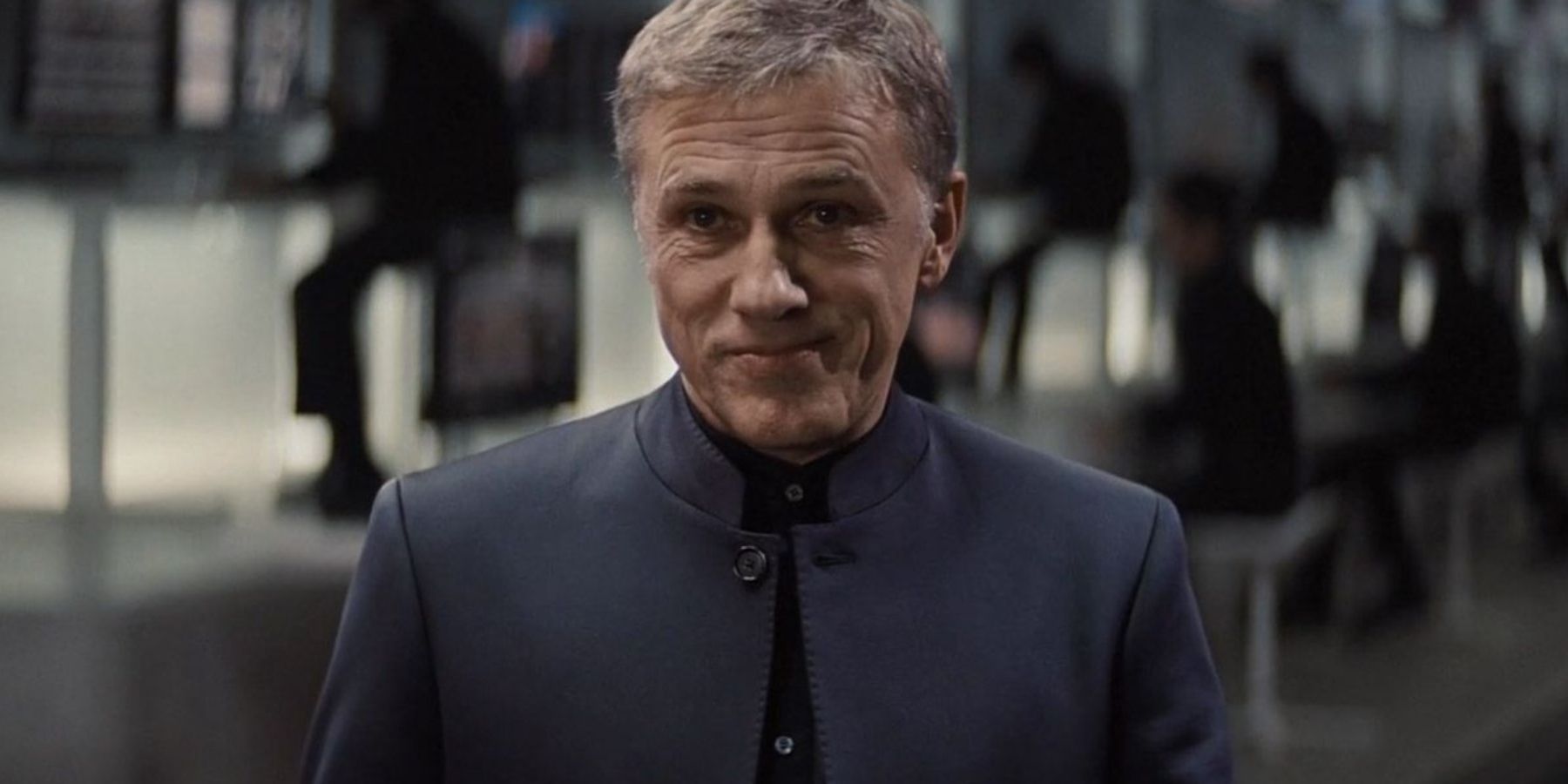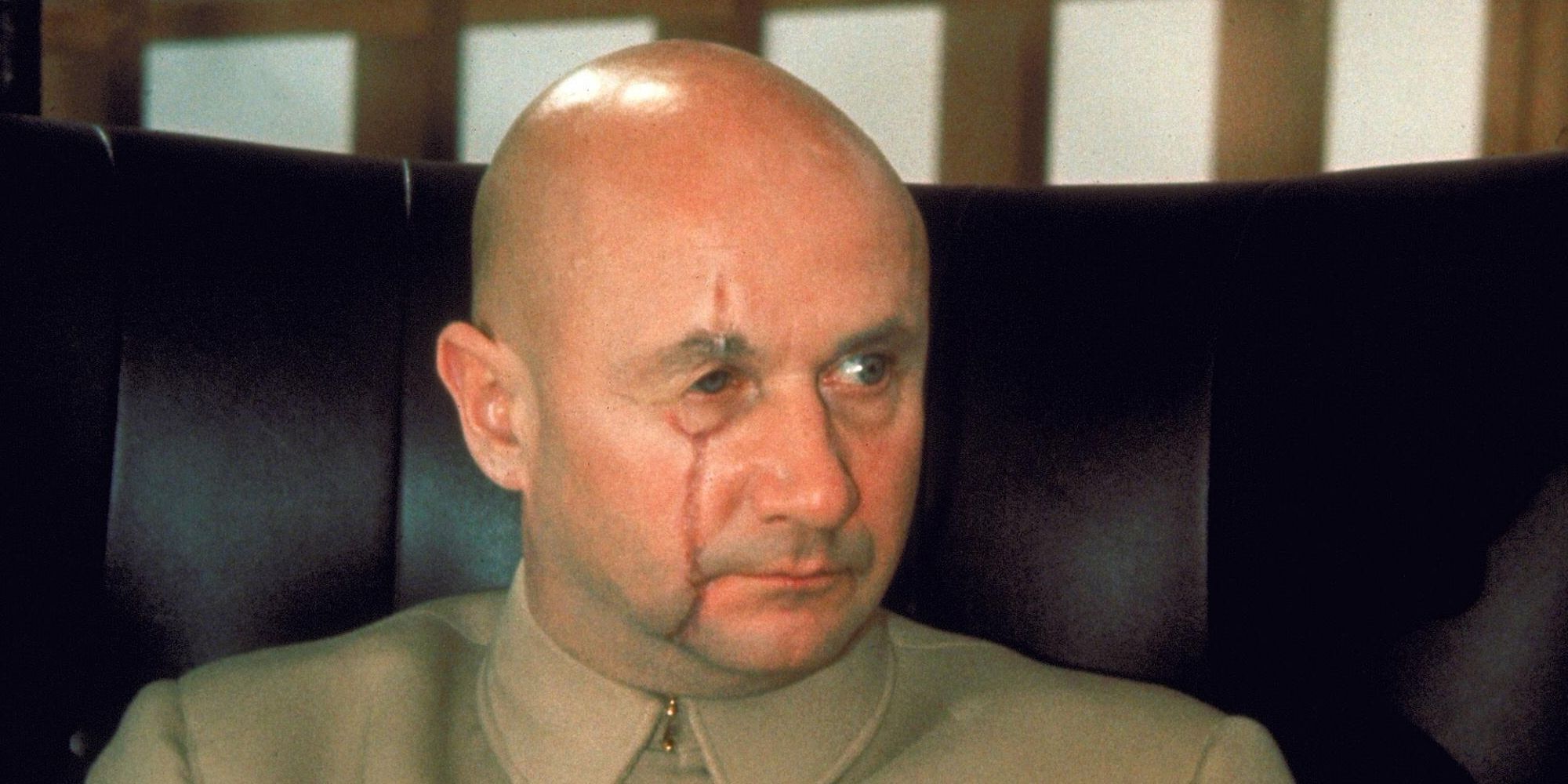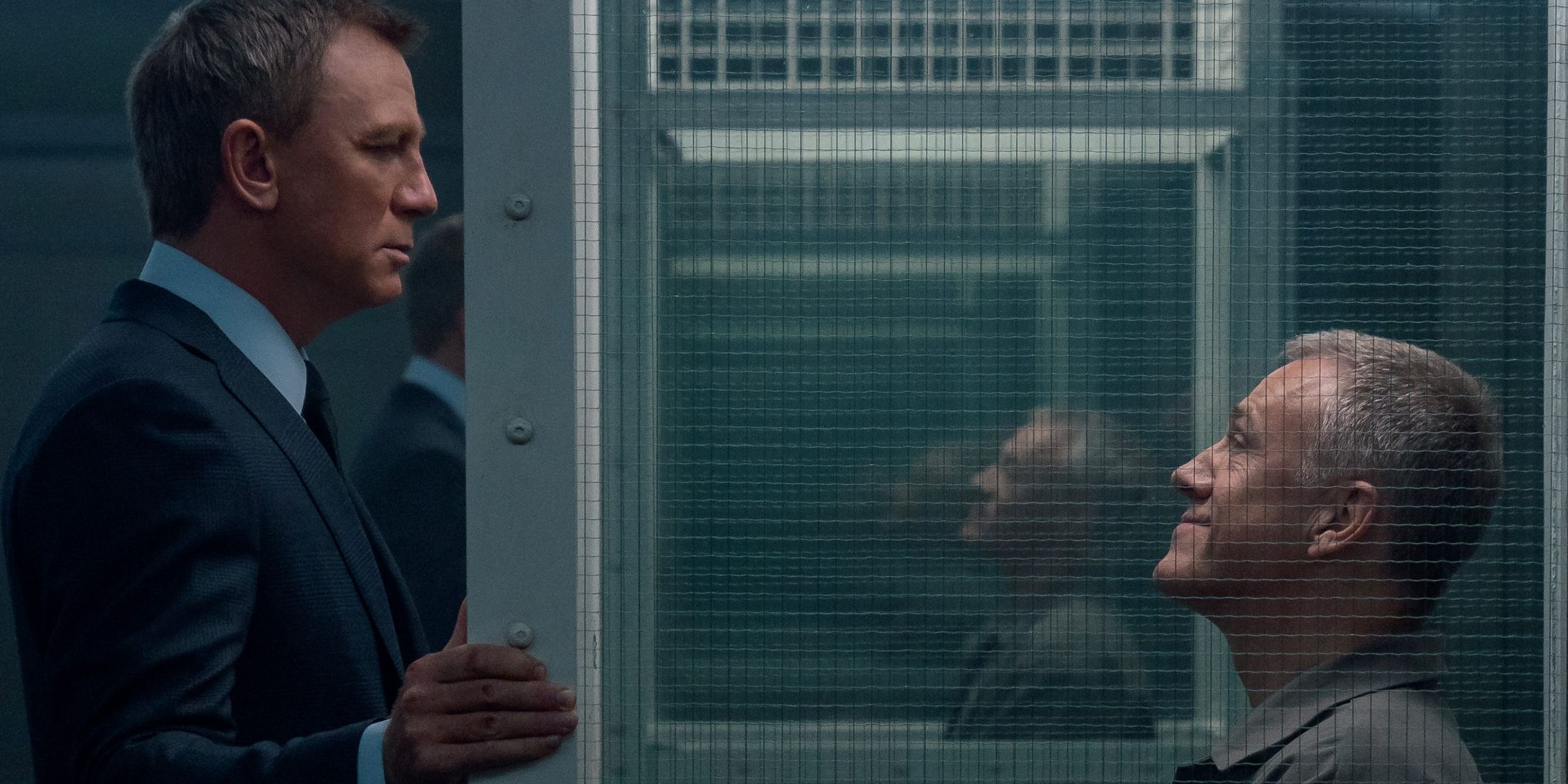This article contains spoilers for No Time To Die. One of the most iconic aspects of the Bond movies are their villains — from mad scientists like Dr. No to rogue spies like Alec Trevelyan to deadly criminal masterminds like Le Chiffre. But of all the dastardly evildoers who have joined 007’s rogues’ gallery over the decades, none have proven to be quite so iconic as Ernst Stavro Blofeld, the leader of SPECTRE.
Blofeld’s history is nearly as long as the Bond films themselves, with his presence being felt as far back as the original 007 movie, 1962’s Dr. No, in which SPECTRE serves as the antagonist faction. Only in the following film, 1963’s From Russia With Love, does he finally appear — albeit as SPECTRE’s anonymous leader “Number One”, who is shown only from the neck down petting his trademark white cat. After another faceless appearance in 1965’s Thunderball, Blofeld would finally make his proper debut in 1967’s You Only Live Twice, in which he finally takes center stage as the primary antagonist, played by Donald Pleasance.
Blofeld would return (played by Telly Savalas) as the main villain of 1969’s On Her Majesty’s Secret Service, which ends with him performing a drive-by shooting on Bond’s wife Tracy (Diana Rigg) mere minutes after their wedding. After another role as the antagonist of 1971’s Diamond Are Forever, where he was played by Charles Gray in his final battle against Sean Connery’s Bond, Blofeld would make one final appearance in the opening scene of For Your Eyes Only, in which he was finally killed by Bond once and for all — at least, in the original continuity.
Despite only appearing in six canonical films and serving as the main antagonist of merely three, Ernst Stavro Blofeld has nevertheless gone down in cinematic history as James Bond’s most famous nemesis. Not only do his trademark scarred eye, bald head and white cat give him a memorable appearance, his status as the leader of SPECTRE makes him the most powerful and influential villain Bond has ever faced. Blofeld is so iconic, in fact, that he was directly parodied by Mike Myers in the Austin Powers series, creating the character of Dr. Evil. And so, as the most enduring bad guy in 007 history, it was only a matter of time before Blofeld appeared to menace Daniel Craig’s Bond in the rebooted film series.
However, the way the creative team behind Spectre went about bringing back Blofeld didn’t exactly win over many fans. For one thing, Blofeld’s inclusion in the film was treated as a major spoiler, despite the film being named after the very organization he controlled in the original films. Throughout most of the film, Christoph Waltz’s character is referred to as Franz Oberhauser, with his identity as Blofeld being treated as a major reveal near the end of the film — despite the fact that the name has no greater meaning in the context of the story, making the twist solely for the purpose of surprising moviegoers. But of course, the reveal falls flat in that regard as well, since any James Bond fan would have easily been able to guess that the mysterious leader of SPECTRE was, in fact, Blofeld.
However, the clumsily-handled twists don’t end there. The film also reveals that Bond and Blofeld are in fact brothers in this iteration, with Blofeld’s parents adopting James after the death of his biological parents. Blofeld reveals that he killed his own father out of envy for James being the favorite son, then faked his own death and changed his name from Oberhauser to Blofeld. What was surely intended as a unique reimagining of the Bond-Blofeld feud that makes Blofeld 007’s most personal enemy yet instead comes off as a baffling twist that’s poorly shoehorned in at best and downright nonsensical at worst. Instead of being driven by a megalomaniacal lust for power, Waltz’s Blofeld is seemingly motivated solely by jealousy and spite towards Bond. His reasons for turning to crime and founding SPECTRE are never revealed, making it appear as if Blofeld chose to become the world’s most powerful criminal mastermind out of a petty desire to upstage his brother. And of course, it doesn’t help that Blofeld takes credit for all the previous villains in the series and their seemingly unconnected schemes — including the death of Vesper Lynd, despite the fact that she clearly killed herself at the end of Casino Royale.
Of course, Blofeld is portrayed significantly better in No Time To Die than in Spectre. Despite only appearing in person for one scene, the scene in question is infinitely more memorable than the entirety of his role in the previous film, in which he did little more than stand around and monologue. Meanwhile, the latest film takes Blofeld out of the spotlight, instead placing him in a Hannibal Lecter-esque informant role. Bond and Blofeld have a tense verbal duel, with Blofeld taking joy in taunting his nemesis as James tries to get the information he needs. But though the scene is a tense and atmospheric one — not to mention the chilling performance by Christoph Waltz — Blofeld dies after only a few minutes of screen time due to the machinations of the film’s true villain, Rami Malek’s Safin.
Ultimately, Blofeld’s role in the Daniel Craig Bond films is nothing more than an incredible waste of great potential. No Time To Die proves that Waltz could have been a magnificent Blofeld if he only had better material to work with, but as enjoyable as his brief appearance was, the damage had already been done by then. Spectre was Blofeld’s moment in the spotlight, but despite Waltz’s best efforts, it was squandered due to multiple unnecessary plot twists, weak dialogue, and a meandering story that left Blofeld with little menace and nothing interesting to do. Needless to say, 007’s arch-nemesis deserves better than that. Only time will tell if Blofeld’s inevitable next incarnation will fare any better.

